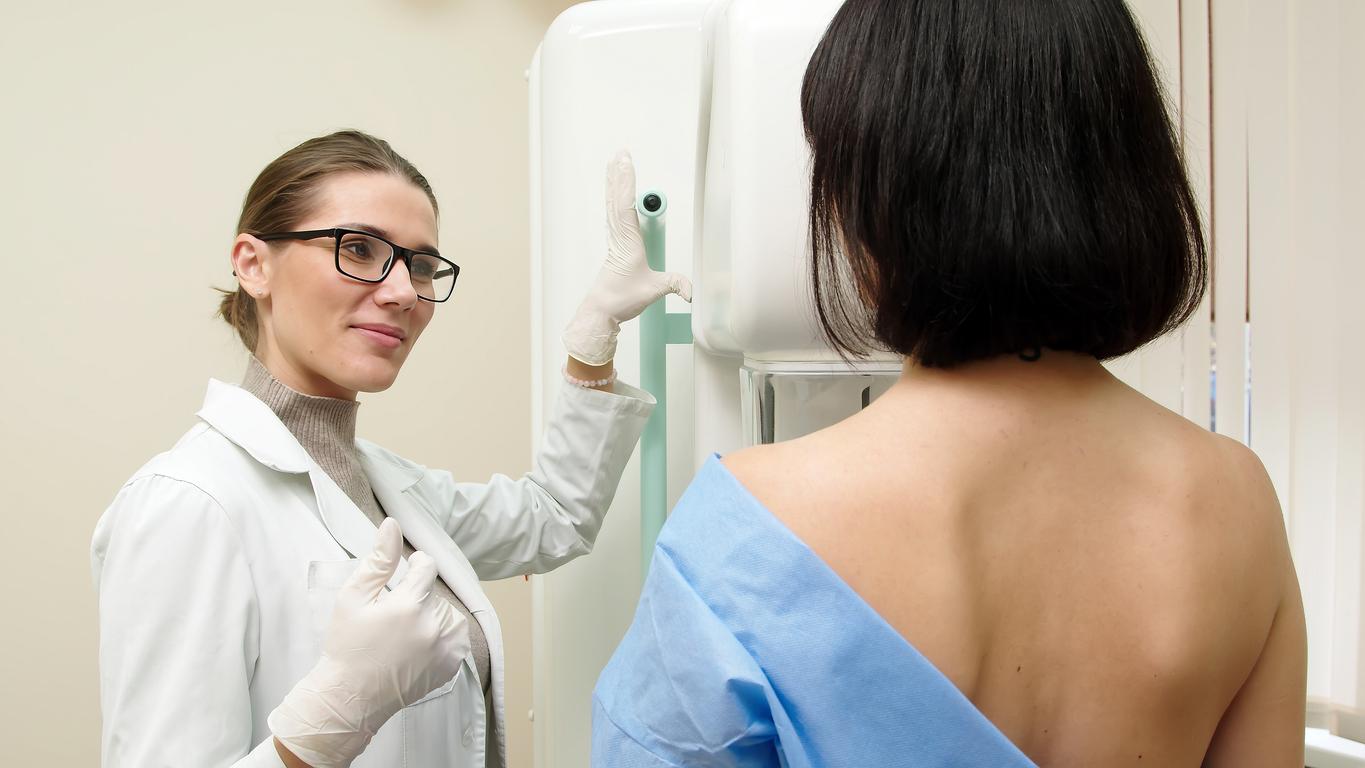Microfluidics represents a real revolution in the field of health. Among its promising applications is liquid biopsy, which makes it possible to diagnose cancer much more precisely and without surgery. Why Doctor is taking stock of this new practice.

The microfluidics is the science of manipulating fluids on a micrometric scale (of the order of a thousandth of a millimeter). It makes it possible to manufacture chips which are real miniaturized laboratories of barely 1 or 2 cm, allowing faster and less expensive analyzes with a minimum of reagents. In the field of health, its promises therefore seem endless. One of its applications is revolutionizing the diagnosis and treatment of certain cancers. Its name: liquid biopsy. What is it about ?
According to Valérie Taly, director of research at the National Center for Scientific Research (CNRS), this non-invasive practice “consists of analyzing elements from the tumor in the biological effluents of patients”, she explains to Medical Frequency. . This allows a dynamic analysis in real time of the evolution of the tumor of the patients and to lead to a very precise diagnosis on the presence or not of a cancer and the state of its advanced.
A more practical and less risky practice to implement
Besides blood, it is possible to find elements of the tumor in other liquids such as urine, semen or saliva. This practice is therefore much faster to implement, less uncomfortable and less risky for patients than traditional tissue biopsy.
“Historically, circulating tumor cells have been sought. At present, we are also looking at other types of biological elements, including DNA which is released by tumor cells during cell death within the tumor,” explains Valérie Taly.
Lung, colon and breast cancer
Liquid biopsy was first performed in the diagnosis of non-small cell lung cancer, due to its wide incidence. Indeed, in France, lung cancer is the leading cause of death among men and represents 23% of all cancer deaths, or 37,000 new cases per year.
Now, many works are beginning to focus on the analysis of circulating tumor DNA in pathologies such as colon cancer (the second deadliest with 18,000 deaths per year in our country) and breast (most common in women).
But this type of analysis, which makes it possible to give individual answers and therefore to offer individualized treatments, should be generalized by 2030. “Will it be accessible to everyone? I wish”, hope Professor Jerome Bibette, physicist and chemist, specialist in microfluidics and director of the Chemistry Biology Innovation Institute (ESPCI), also interviewed by Frequency Medical. Because, in addition to a more precise and less risky diagnosis for the patient, this new practice also promises many savings.
See below the Medical Frequency video on microfluidics:


















